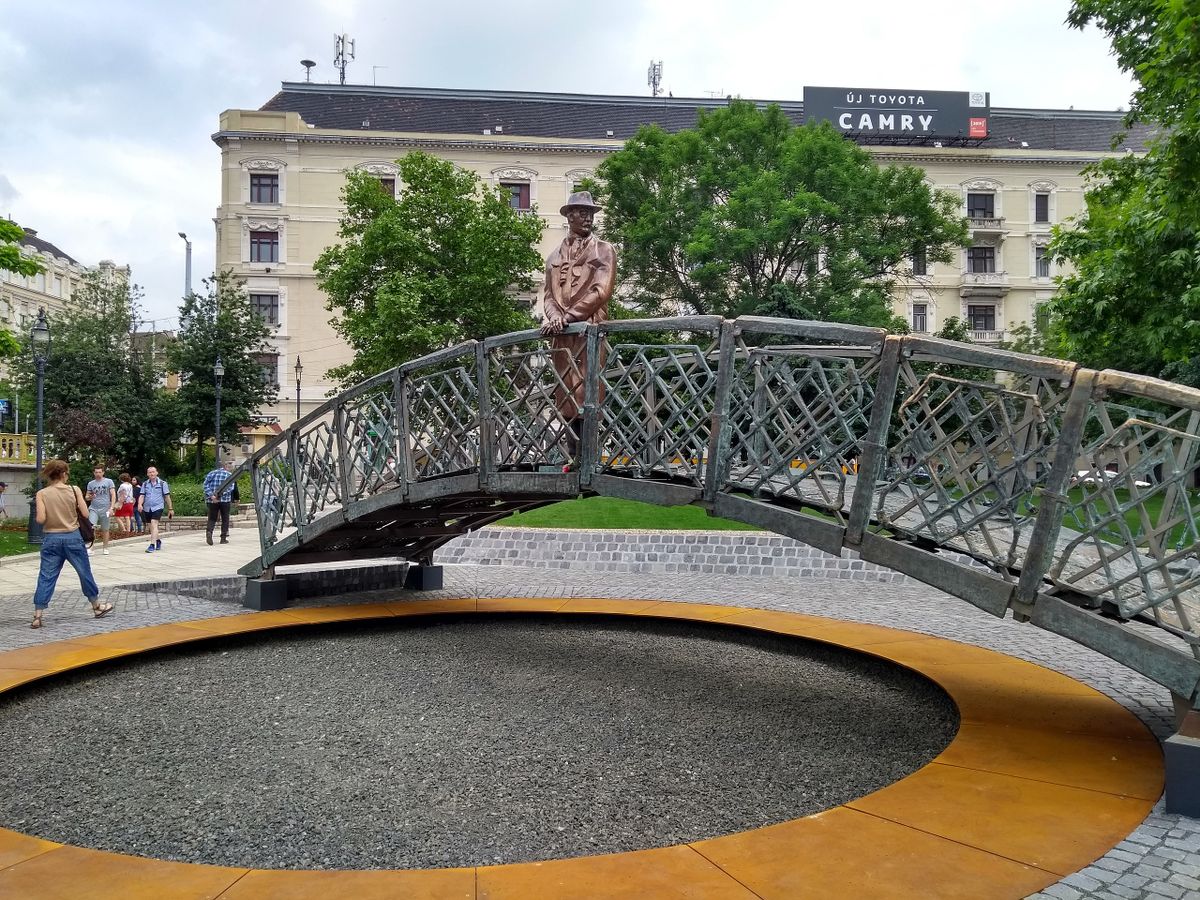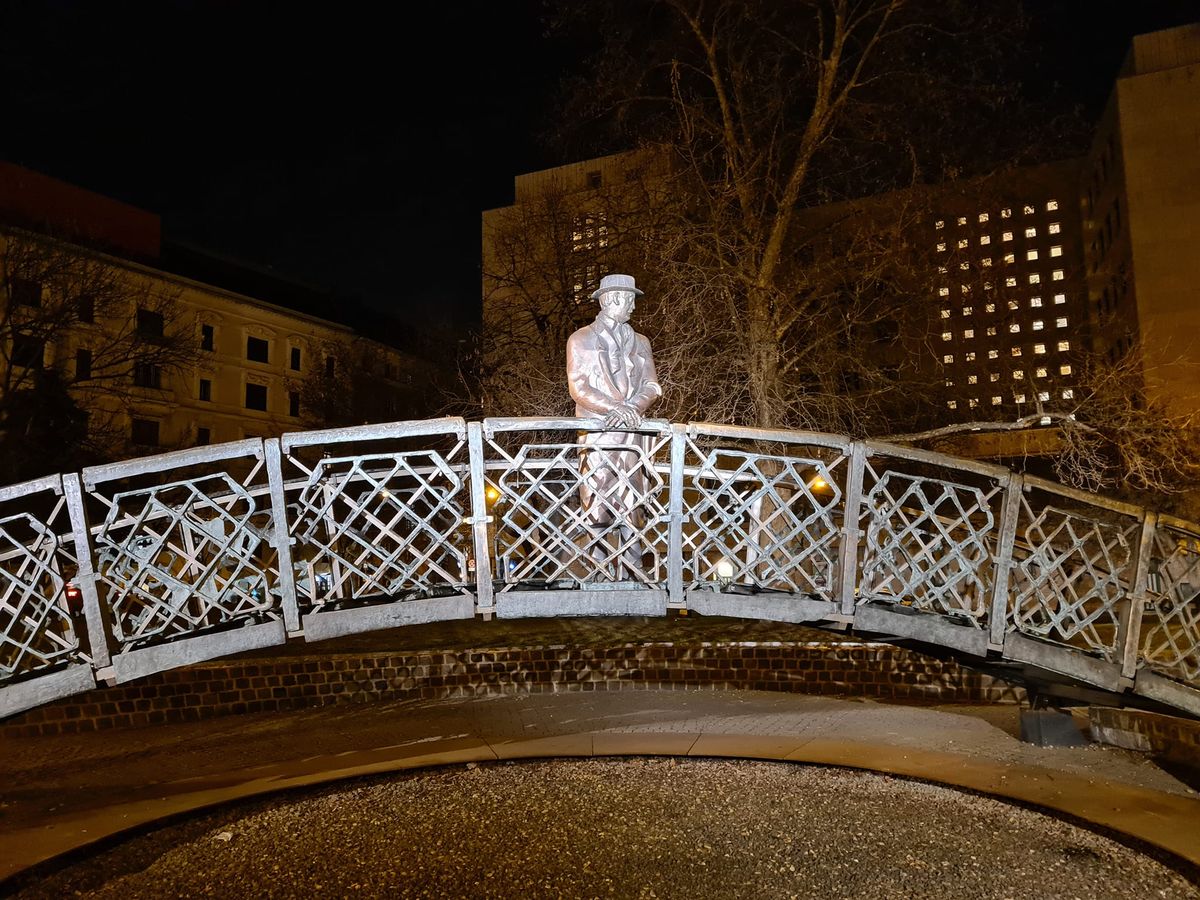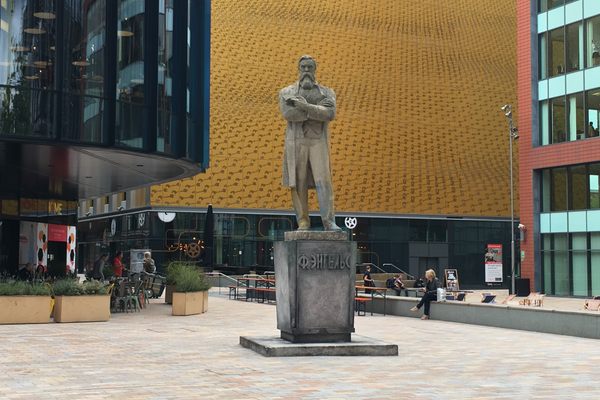About
The statue of Imre Nagy has had a bit of a turbulent recent history. It was originally erected in 1996 at Martyrs' Square, but recently Hungarian authorities moved the much-loved statue of the hero of the 1956 anti-Soviet uprising, from a square in central Budapest to the shadow of the Hungarian Parliament building.
Imre Nagy was hanged in 1958 for his role in the uprising. A pro-reform communist, he had sought to free Hungary of hard-line communist rule, but in 1956 the revolt was crushed by Soviet tanks and Pro-Moscow hardliners were reinstalled in power.
The statue was moved over to Jaszai Mari Square, a northern location away from the parliament building. It now stands in a park just off the Margit hid Bridge and is still popular with locals and tourists who frequently pose stood next to the statue, which still frequently has wreaths laid at its feet. Critics used this event as another reason to accuse Prime Minister Viktor Orban's nationalist government of revising the country's history.
Related Tags
Community Contributors
Added By
Published
September 20, 2022

























